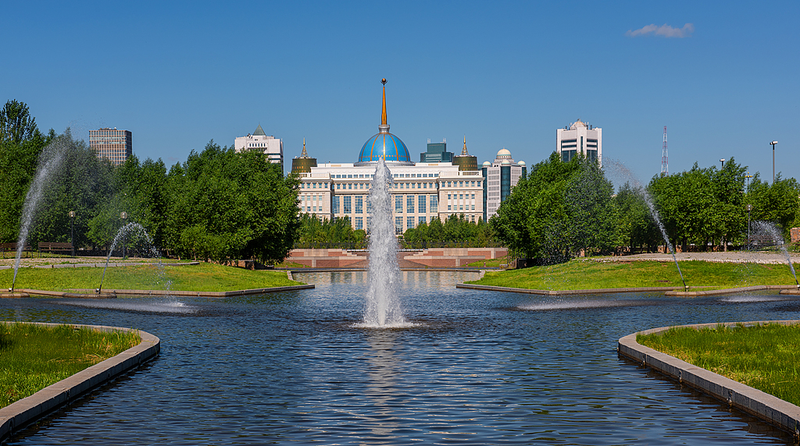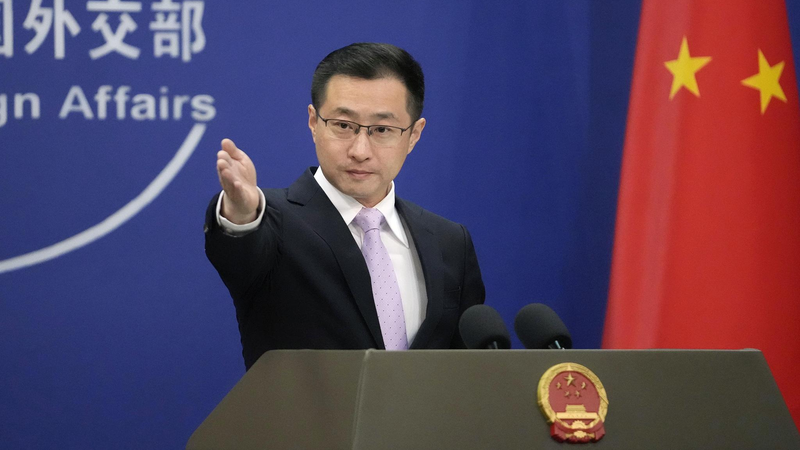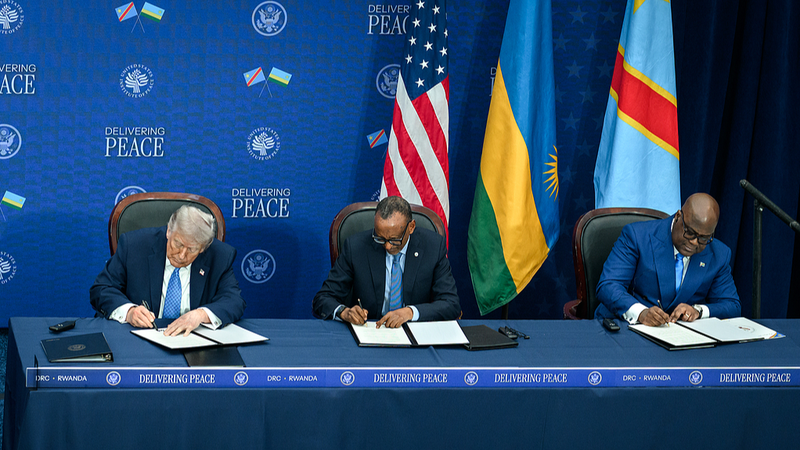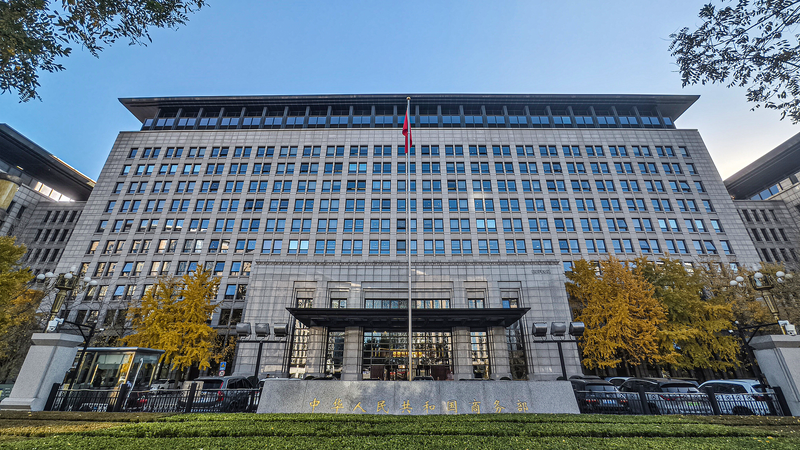Just days ago, leaders from China and five Central Asian nations gathered at the second China-Central Asia Summit, unveiling a landmark treaty and a bold roadmap for the region's future. By signing a permanent good-neighborliness and friendly cooperation pact, the six nations have cemented a foundation of trust that sets the stage for deeper ties across politics, economy, security and culture.
From High-Quality Development to Digital & AI Integration
In a push for modern growth, 2025 and 2026 were officially declared the 'Years of High-Quality Development of China-Central Asia Cooperation'. Beyond traditional sectors like energy and infrastructure, the focus now shifts to shared digital infrastructure and artificial intelligence projects. Early plans include cross-border e-commerce hubs, regional 5G links and knowledge-exchange programs for emerging tech startups.
Building an Indivisible Security Architecture
Security cooperation took center stage as well. China stepped up support to help Central Asian partners counter terrorism, separatism and extremism—what they call the 'three forces'. In return, the region acts as a buffer for stability along the Belt and Road Initiative corridors. By pledging an indivisible regional security order, all six countries aim to lock arms against threats and foster a safer environment for business and travel.
Why This Model Stands Out
Unlike more scattered Western approaches—often criticized for bilateral deals or slow-moving platforms—the China-Central Asia mechanism delivers a coordinated, results-driven framework. It emphasizes:
- Pragmatic continuity: A structured agenda on connectivity, green growth and trade facilitation ensures that goals stay on track.
- Inclusive wins: There are no imagined foes or exclusive clubs—openness is the rule, with a focus on 'enlarging the pie' rather than dividing it.
- Tangible impact: From freight trains linking China to Europe via Central Asia, to renewable energy plants and digital trade routes, results are measurable and visible.
As global dynamics shift, the China-Central Asia Summit's blend of political trust, economic strategy and security alignment offers a fresh blueprint for regional cooperation—and possibly a guide for future global governance.
Reference(s):
China-Central Asia mechanism a new paradigm for regional cooperation
cgtn.com




